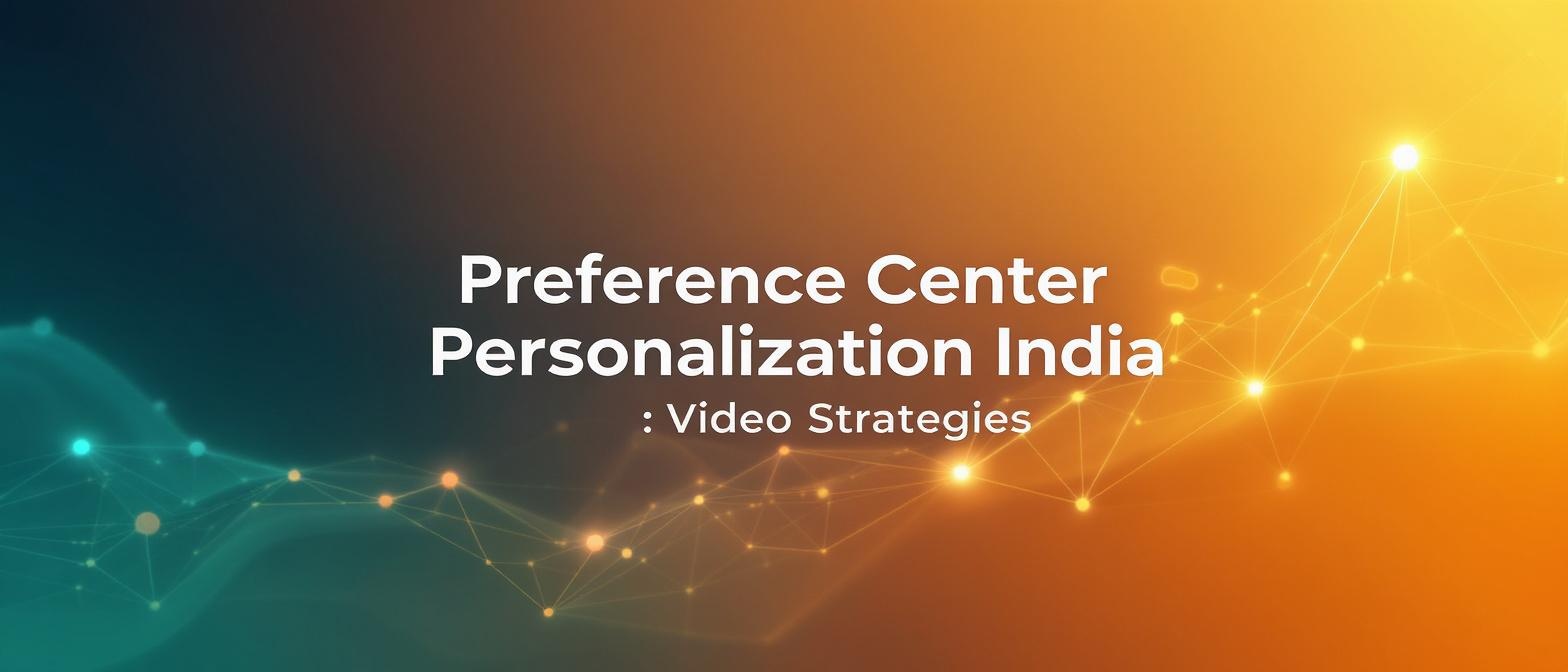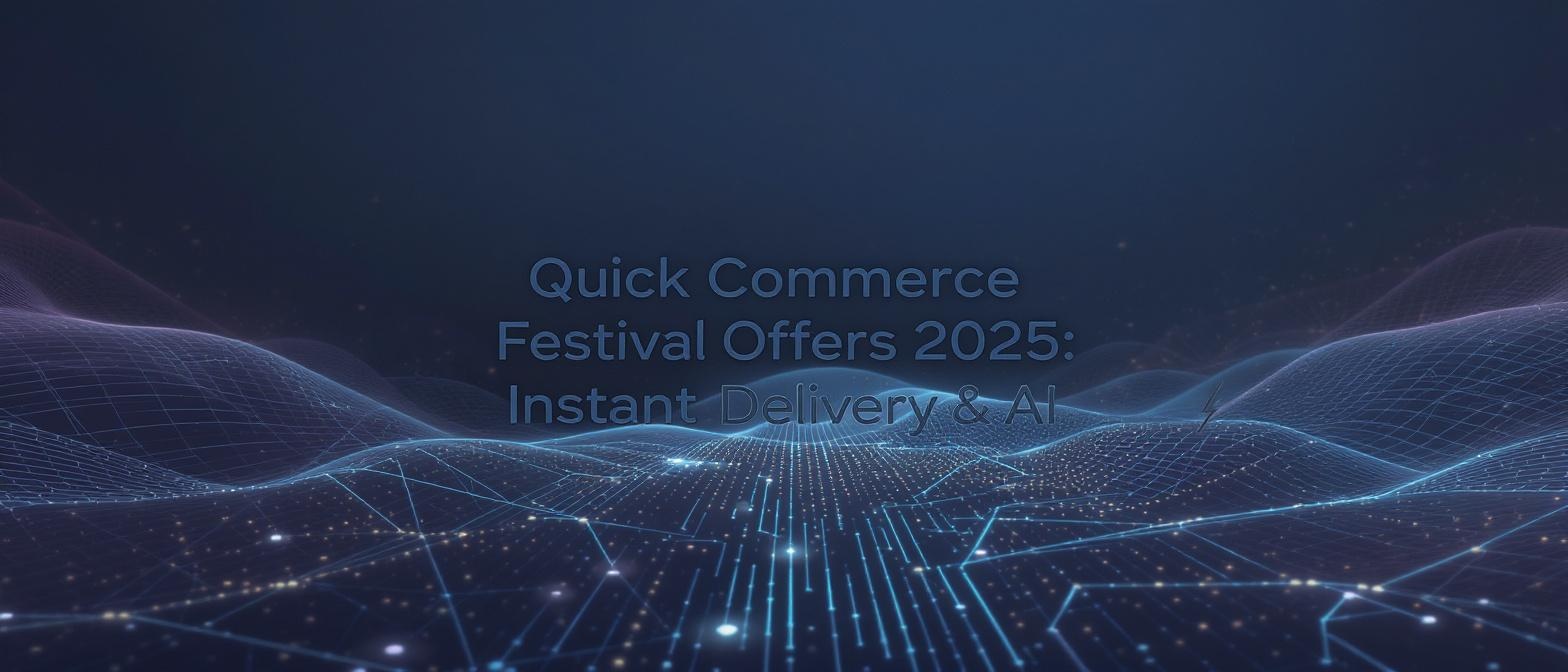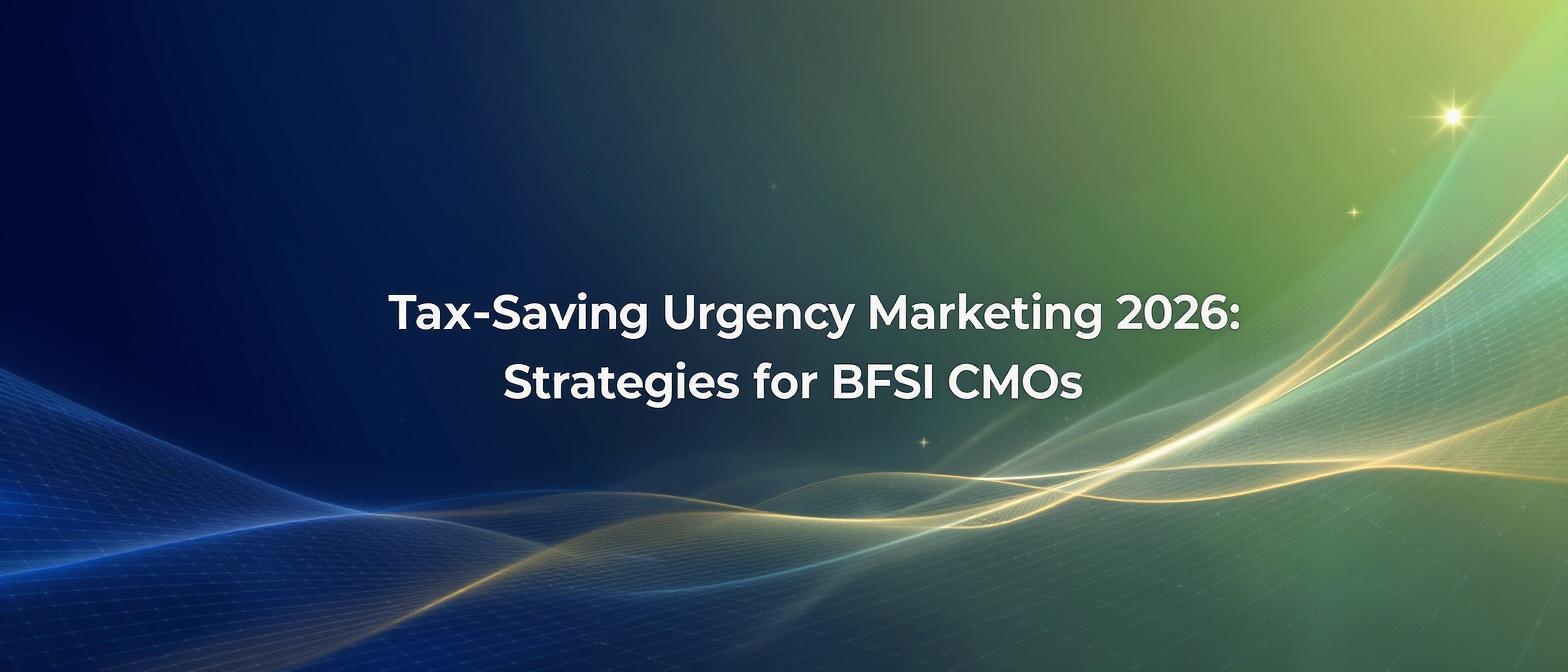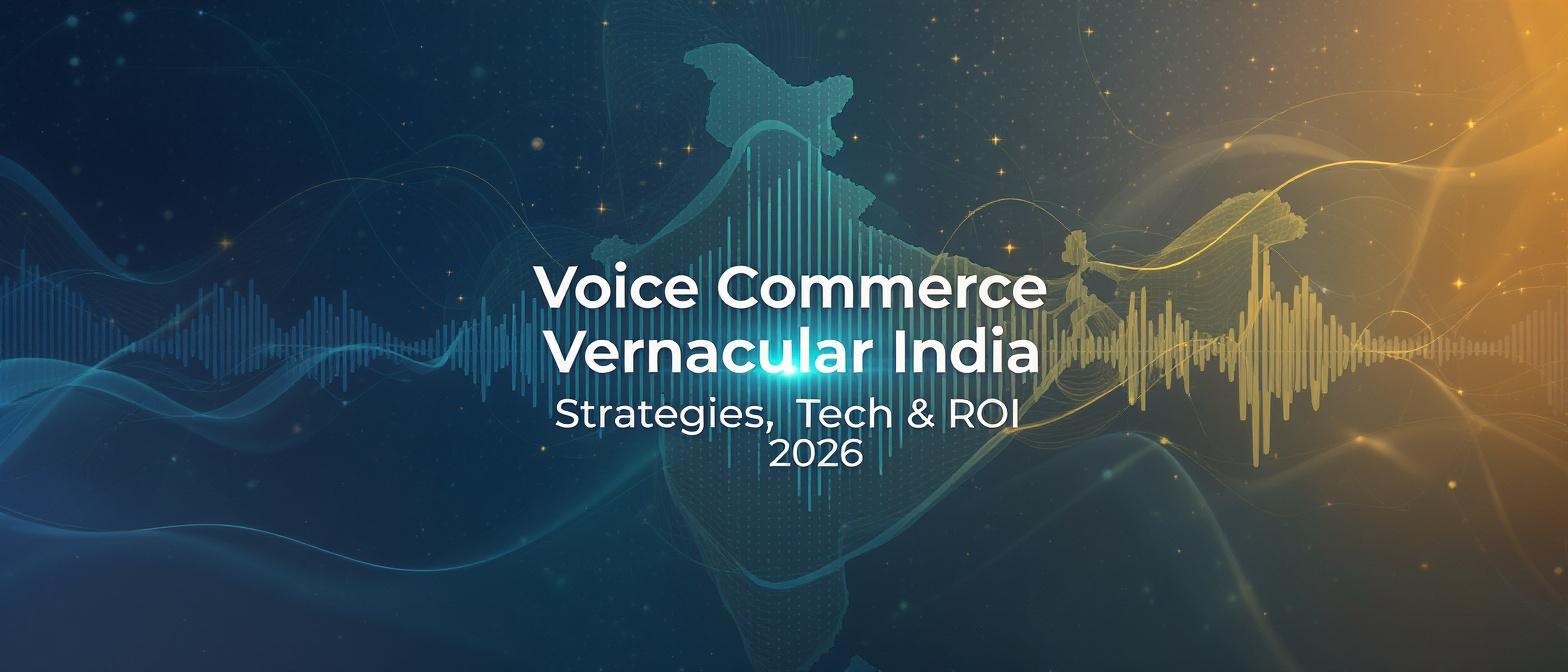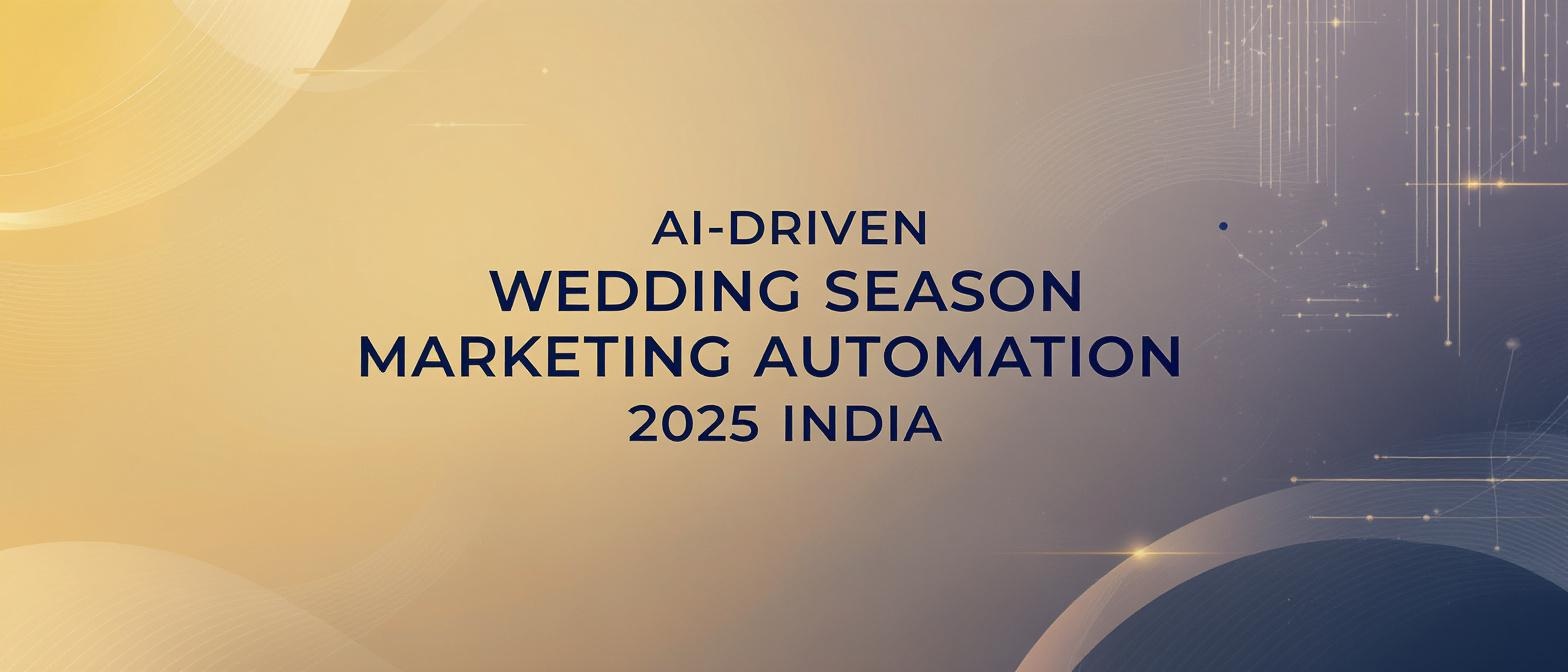Preference Center Personalization India: Privacy-First Video Strategies to Rebuild Opt-Ins & Reduce Churn
Estimated reading time: ~9 minutes
Key Takeaways
- Preference center personalization in India has become a necessity under new data privacy regulations.
- Using video-driven preference centers helps rebuild trust and secure meaningful opt-ins.
- Zero-party data acquisition through video gamification ensures explicit and accurate personalization.
- The DPDP Act mandates granular consent, making compliant video strategies key to success.
- Implementing automated, privacy-first workflows future-proofs marketing efforts by reducing churn.
In the dynamic landscape of digital marketing in India, a seismic shift is underway. The enforcement of new data privacy regulations is compelling businesses to rethink how they engage with customers. For CRM and lifecycle teams, the challenge is clear: rebuild trust, secure meaningful consent, and reduce churn in an environment where consumers are more empowered than ever. This is where preference center personalization India emerges not just as a strategy, but as a necessity.
The era of blanket marketing is over. Today's customers demand control over how, when, and why brands communicate with them. A robust preference center, supercharged with transparent, engaging video content, provides the perfect solution. It’s a powerful tool for honoring customer choices while collecting valuable zero-party data in a compliant, ethical manner.
As we look towards 2026, the brands that succeed will be those that master privacy-first personalization India. This guide explores how to leverage video-driven preference centers to rebuild opt-in rates, foster customer data trust signals, and create a sustainable, loyalty-driven growth engine under India's new regulatory framework.
1. Understanding Preference Center Personalization
At its core, a preference center is a centralized portal, typically within a CRM, where customers can dictate their communication choices. It's a user-friendly interface that allows them to select their preferred channels (email, SMS, WhatsApp), the topics they're interested in, and the frequency of messages they wish to receive.
This simple concept is revolutionary for CX governance. Instead of making assumptions, brands can align their outreach directly with stated customer expectations. This transparent approach transforms the brand-customer relationship from a monologue into a dialogue, significantly boosting engagement and long-term trust.
To measure the impact of preference center personalization India, teams should focus on three critical metrics:
- Opt-in Rate Uplift: The percentage increase in users who subscribe or re-subscribe to communications.
- Preference Update Frequency: How often customers actively engage with the center to refine their choices, indicating a healthy, ongoing relationship.
- Churn Reduction Percentage: The decrease in customers unsubscribing or opting out from all communications.
Source: www.konakaicorp.com/crm-maturity-the-power-of-prioritizing-your-preference-center
2. The DPDP Act & Consent Management Videos
The Digital Personal Data Protection (DPDP) Act, 2023, has fundamentally altered the rules of consent management in India. The Act mandates that consent must be explicit, informed, and granular. It also grants users the unequivocal right to withdraw their consent at any time, requiring businesses to maintain meticulous records of data processing activities.
This regulatory shift makes a compelling case for DPDP Act consent management videos. A best practice emerging in 2025 is to embed short, simple explainer videos (30–60 seconds) directly within preference center pages. These videos can clearly articulate what data is being collected, how it will be used to enhance the customer's experience, and the benefits of opting in for each specific category.
From a technical standpoint, this approach requires robust tracking. Businesses must capture video-play and consent-click events using analytics tags. This data should then be logged in the CRM, creating an auditable trail that proves explicit consent was obtained for each data processing purpose, ensuring full compliance with the DPDP Act.
Source: www.meity.gov.in/writereaddata/files/DraftDigitalPersonalDataProtectionBill2019.pdf
3. Zero-Party Data & Video-Driven Gamification
Zero-party data is the gold standard for personalization. It is data that a customer intentionally and proactively shares with a brand, including their preferences, interests, and purchase intentions. Unlike first-party data (behavioral) or third-party data (aggregated), it is explicit and unambiguous.
But how can brands encourage customers to share this valuable information? The answer lies in zero-party data gamification with video. By making the data collection process interactive and rewarding, companies can gather deep insights while delighting their audience. This is a critical strategy for achieving privacy-first personalization India at scale.
Consider these gamification tactics:
- Interactive Video Quizzes: "Find your perfect product!" quizzes that guide users through a series of questions, with their answers directly populating their CRM profile.
- Video Polls: "Vote for our next flavor!" or "Choose the deal you want to see," making customers feel like part of the brand's decision-making process.
- "Spin the Wheel" Segments: A video element where users can "spin" a virtual wheel to win a coupon code in exchange for sharing a preference, like their favorite product category.
The implementation involves using a video platform's SDK to capture user responses in real-time. This data is then fed directly into the CRM, enabling hyper-personalized follow-up communications that are both relevant and fully consented.
Source: www.konakaicorp.com/crm-maturity-the-power-of-prioritizing-your-preference-center
4. Opt-In Reacquisition Video Campaigns
Every CRM database has a segment of users whose consent has lapsed or who have previously opted out. Opt-in reacquisition video campaigns are a powerful strategy to re-engage these dormant contacts and win back their trust. A generic email blast won't work; the approach must be personal, valuable, and respectful.
The strategy involves sending personalized, interactive videos via channels like WhatsApp or email. Imagine a celebrity brand ambassador addressing the customer by name, briefly reminding them of the value they're missing, and clearly explaining the benefits of re-subscribing. This personal touch can break through the noise and make the user feel seen and valued.
Platforms like TrueFan AI enable the creation of these videos at scale. For example, in a campaign with Goibibo, personalized videos featuring cricket star Rishabh Pant were sent to users who had abandoned travel searches. The videos, delivered in over 175 languages, mentioned the user's intended destination and resulted in a 17% higher message read rate compared to standard text notifications. This demonstrates the immense potential for lifecycle retention with personalized videos in re-engagement efforts.
5. Privacy-First Personalization in India
In the post-DPDP era, privacy-first personalization India is non-negotiable. Building a foundation of trust begins with demonstrating an unwavering commitment to data security and transparency. This means adopting a consent-first model that is fortified by globally recognized security certifications like ISO 27001 and SOC 2.
Every touchpoint in the customer journey must reinforce this commitment. For video personalization, this includes ensuring end-to-end encryption of all user data within the video rendering pipelines. Furthermore, the landing pages hosting these videos must prominently display customer data trust signals.
Key trust signals include:
- DPDP Compliance Badges: A visible icon assuring users that your data practices meet the highest regulatory standards.
- Clear Privacy Links: Easy-to-find links to your full privacy policy and a direct path back to the preference center.
- Periodic Preference Audits: Proactively prompting customers every 6–12 months to review and update their settings, showing respect for their evolving choices.
6. GDPR Video Personalization Best Practices
While the DPDP Act is specific to India, marketers can derive valuable insights from its global predecessor, the GDPR. Both regulations champion the principles of granular consent, data minimization, and user transparency. Applying GDPR video personalization best practices can help Indian companies create a compliance framework that is robust and future-proof.
When it comes to DPDP Act consent management videos, these GDPR-inspired guidelines are essential:
- Always-On Opt-Out: Every video interaction must include a clear, on-screen link or button that allows the user to opt-out or update their preferences instantly.
- Captioned Data-Use Statements: A brief, legible text overlay stating precisely why the personalization is being used (e.g., "This offer is based on your interest in skincare products.").
- End-of-Video CTA: Conclude every video with a direct call-to-action that encourages viewers to visit their preference center to confirm or adjust their settings.
A powerful technical tip is to embed dynamic preference tokens directly into the video's URL. This allows a viewer to click through from the video and land directly on their personal, pre-authenticated preference center page, creating a seamless and empowering user experience.
Source: moosend.com/blog/email-preference-center-best-practices/
7. Compliant Marketing Automation for 2026
Looking ahead, the trend for compliant marketing automation 2026 is the deep integration of video personalization and consent management. Marketing stacks will no longer treat compliance as an add-on but will have it woven into their core architecture. We will see platforms that natively support video triggers based on real-time preference updates.
According to the Adobe 2025 Digital Trends Report, AI and predictive analytics are set to drive deeper, more intuitive personalization, all while operating within built-in compliance workflows. This means the marketing automation systems of the near future will seamlessly manage the entire consent lifecycle through a closed-loop process.
A recommended best practice is to pursue tight CRM and video-platform integrations to automate the following workflow:
- Consent Verification: The system checks for valid, granular consent before triggering any communication.
- Personalized Video Trigger: A relevant video is automatically generated and sent based on the user's specific preferences and recent actions.
- Consent Audit Log Update: The system logs the communication event, linking it to the specific consent record.
- Follow-up Campaign Logic: The user's interaction with the video informs the next step in their personalized journey.
This level of automation ensures that personalization efforts in privacy-first personalization India are not only effective but also impeccably compliant at scale.
Source: business.adobe.com/resources/digital-trends-report.html
8. Lifecycle Retention with Personalized Videos
Personalized video is not a one-off tactic; it's a powerful tool for enhancing the entire customer lifecycle. By mapping specific video use cases to different stages, brands can significantly improve engagement and drive lifecycle retention with personalized videos.
Here’s a practical map:
- Onboarding: Send a welcome video from a brand ambassador or celebrity that addresses the new customer by name and references their signup source and chosen interests, immediately validating their choices.
- Upsell/Cross-sell: After a purchase, trigger a personalized video demonstrating a complementary product, using their past purchase data to ensure relevance.
- Renewal/Churn Prevention: For subscription services, send a timely message from a celebrity reminding the customer of the key benefits they enjoy and making it easy for them to renew their plan.
The technology behind this is more accessible than ever. TrueFan AI's 175+ language support and Personalised Celebrity Videos can be rendered in under 30 seconds via API calls. Dynamic tokens for the customer's name, city, or last purchased product are inserted in real-time, creating a unique and impactful experience for every single user.
9. Building Customer Data Trust Signals
Trust is the currency of the digital economy. Every interaction is an opportunity to either build or erode it. Customer data trust signals are the visible cues that assure customers their data is being handled securely and ethically. These signals must be woven into every facet of your personalization strategy.
On your website and landing pages, trust signals include:
- Visible compliance badges (ISO 27001, SOC 2, DPDP Compliant).
- Secure HTTPS video embeds.
- Clear, easily accessible links to your privacy policy.
- Authentic customer testimonials praising your brand's transparency.
A largely untapped area is the use of in-video trust cues. These are subtle overlays or end-frames within the personalized video itself that reinforce your commitment to privacy-first personalization India. Examples include a brief "Your data is secure" overlay, an end-frame with a clickable privacy policy link, or displaying compliance badges for a few seconds. To close the loop, link to a short, optional post-video survey asking for feedback on your data practices, demonstrating transparency and a willingness to listen.
10. TrueFan Enterprise Video Solutions & Integration
Executing a compliant, large-scale video personalization strategy requires a powerful and flexible technology partner. Enterprise solutions are designed to handle the complexities of zero-party data gamification with video, opt-in reacquisition video campaigns, and full-funnel lifecycle retention with personalized videos.
Key capabilities to look for include:
- Hyper-Personalization at Scale: The ability to render millions of unique videos across 175+ languages, with dynamic text, image, and visual insertion managed via robust APIs.
- Virtual Reshoots: The agility to iterate on scripts and A/B test different consent management messages or promotional offers without needing costly and time-consuming reshoots with talent.
- Built-in Compliance Features: A platform with integrated moderation filters to block non-compliant content and a system that captures and logs explicit consent from both the celebrity talent and the end-user.
Solutions like TrueFan AI demonstrate ROI through proven performance uplifts, such as increased read rates, higher conversions, and measurable reductions in churn. By integrating such a platform with your CRM, you can automate the entire video personalization workflow, from data trigger to final delivery and analytics.
11. Conclusion & Call to Action
The era of preference center personalization India is here, and it is being driven by the dual forces of consumer demand and regulatory change. For Indian CRM and lifecycle teams, this presents a monumental opportunity to rebuild customer trust, drastically reduce churn, and forge deeper, more loyal relationships. By placing a privacy-first, video-driven preference center at the heart of your strategy, you can transform a compliance requirement into a competitive advantage.
The path to compliant marketing automation 2026 involves embracing innovative technologies that make personalization respectful, transparent, and scalable. Video is the most powerful medium for conveying clarity and emotion, making it the ideal tool for navigating the nuances of consent management and data transparency.
Is your team ready to lead the charge in privacy-first customer engagement? Leverage TrueFan's enterprise solutions to launch a pilot campaign integrating preference center videos and secure your Q1 2026 goals for opt-in growth and retention.
Frequently Asked Questions (FAQ)
1. What is the first step to creating a preference center?
The first step is to audit your current data collection practices and communication channels. Identify all the touchpoints where you interact with customers (email, SMS, app pushes) and categorize the types of content you send. This will form the basis of the choices you offer customers in your center.
2. How does a preference center help with DPDP Act compliance?
A preference center is a direct mechanism for obtaining the explicit and granular consent required by the DPDP Act. By allowing users to choose specific topics and frequencies, you are creating a clear, auditable record that consent was given for a specific purpose, which is a core tenet of the act.
3. Can personalized videos really improve opt-in rates?
Yes. A generic "Please subscribe" message is easily ignored. A personalized video that addresses the user by name and highlights the specific value they will receive based on their known interests is far more compelling. It shows you know them and respect their attention, making them more likely to opt-in. A 2025 study from Contentful highlighted that consumers are increasingly fatigued by irrelevant ads, making personalization crucial.
4. How can a platform like TrueFan AI ensure celebrity endorsements are DPDP compliant?
Compliance is built-in. Platforms like TrueFan AI operate on a consent-first model, ensuring formal contracts are in place with all celebrity talent for specific campaign usage. Furthermore, the technology includes moderation filters to prevent the generation of non-compliant content, and the entire data handling process is secured by certifications like ISO 27001, aligning with DPDP requirements for data fiduciaries.
5. What is the difference between zero-party and first-party data?
First-party data is information you collect from a user's behavior, such as their purchase history or pages they've visited on your site. Zero-party data is information a user tells you about themselves directly, like their interests, communication preferences, or needs. It is more explicit and powerful for personalization.
6. How often should we ask customers to update their preferences?
A best practice is to send a friendly reminder every 6 to 12 months. This proactive approach, often called a "preference audit," shows that you respect their choices may change over time and reinforces that they are in full control of the relationship.

